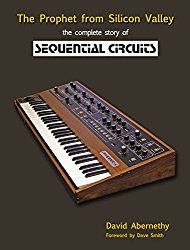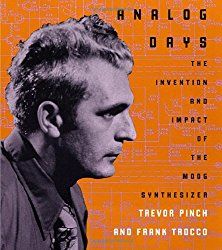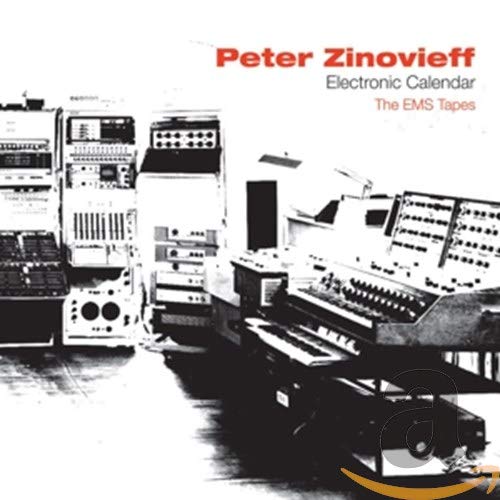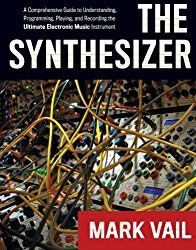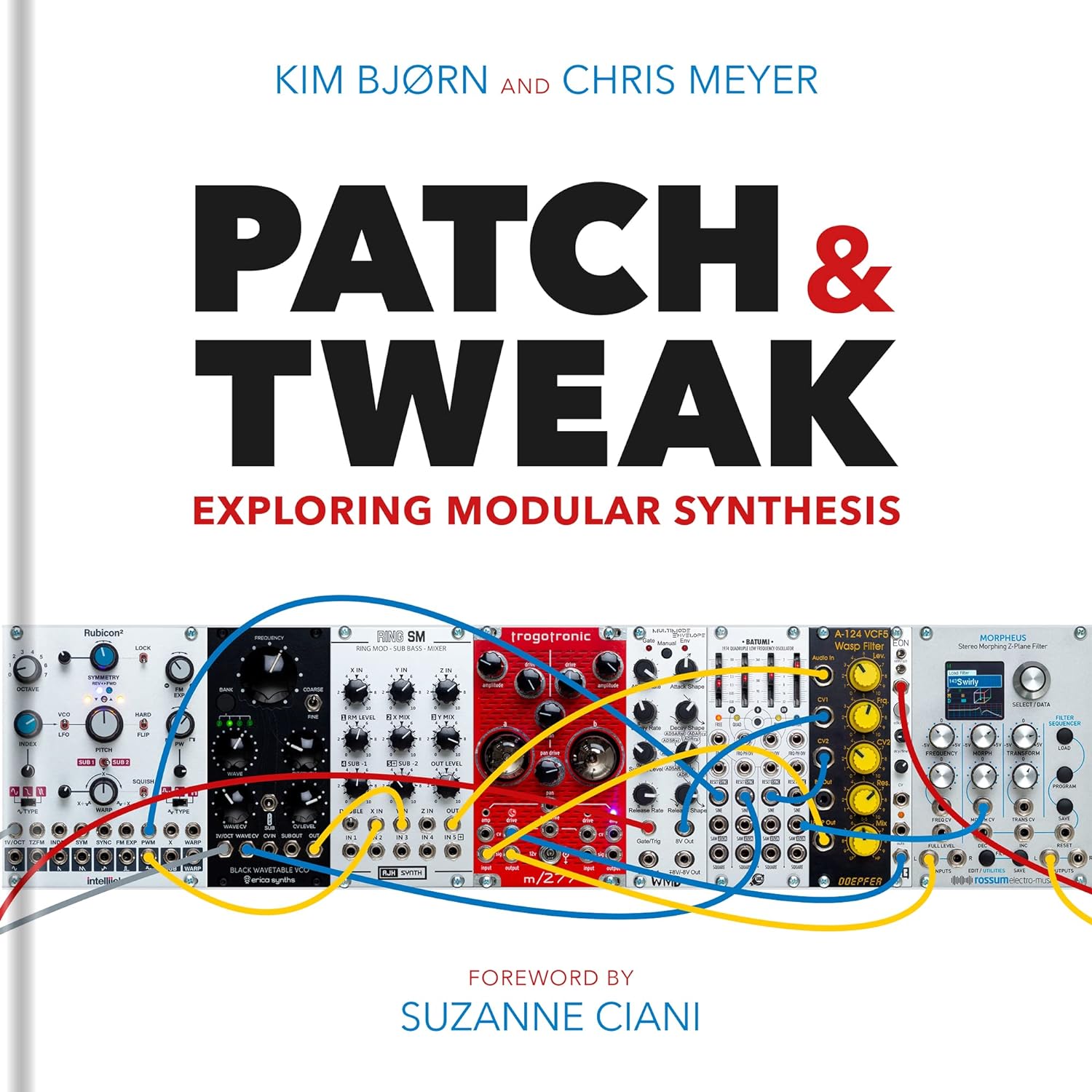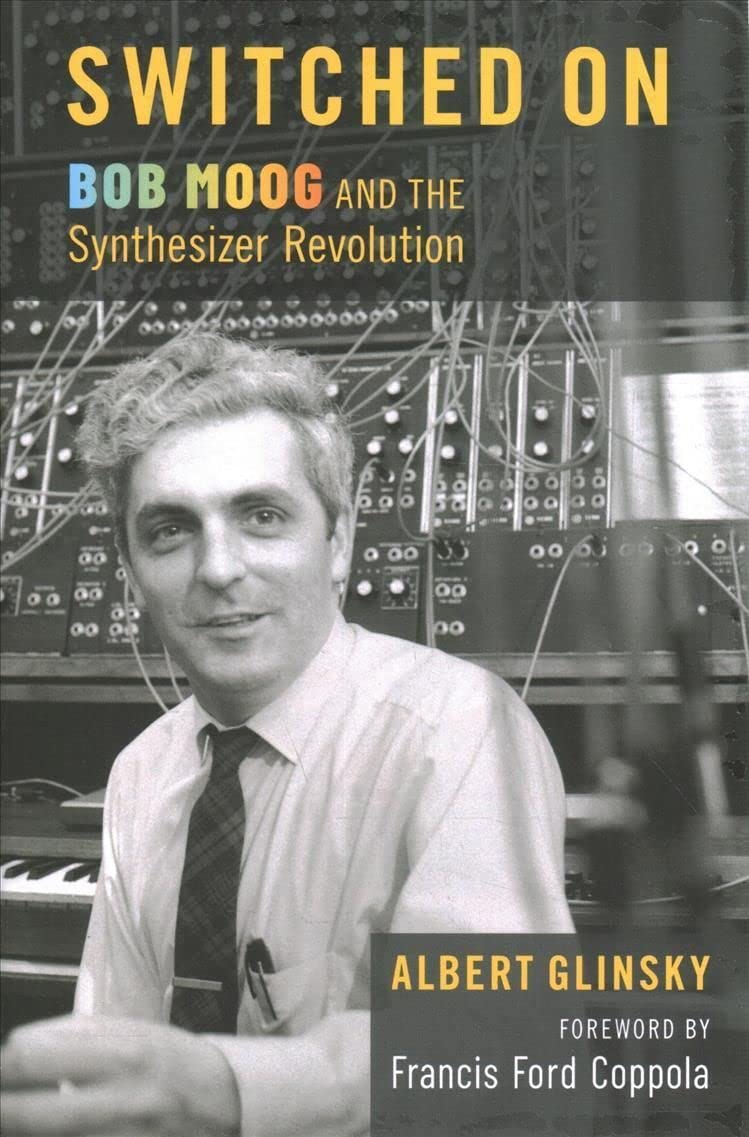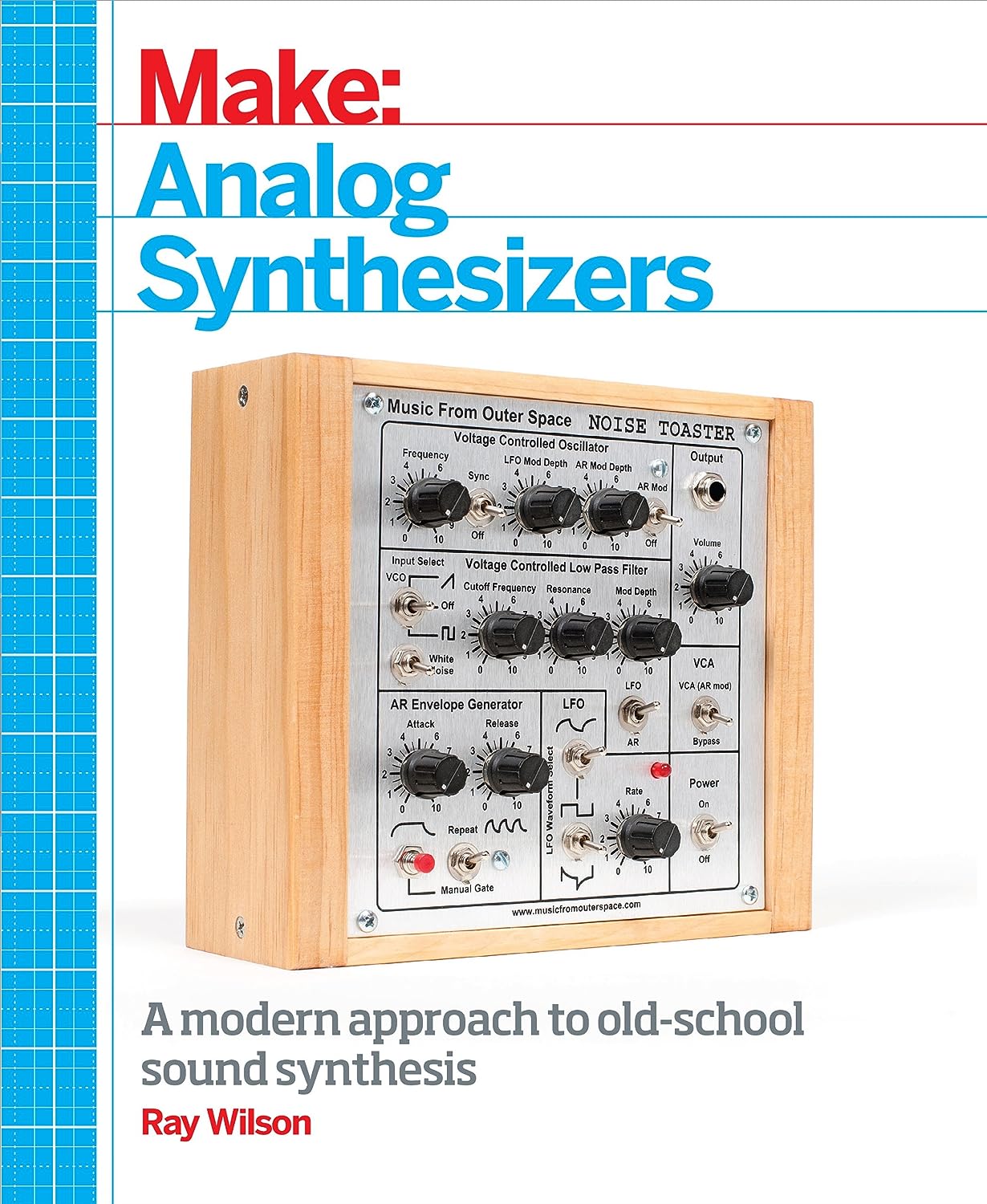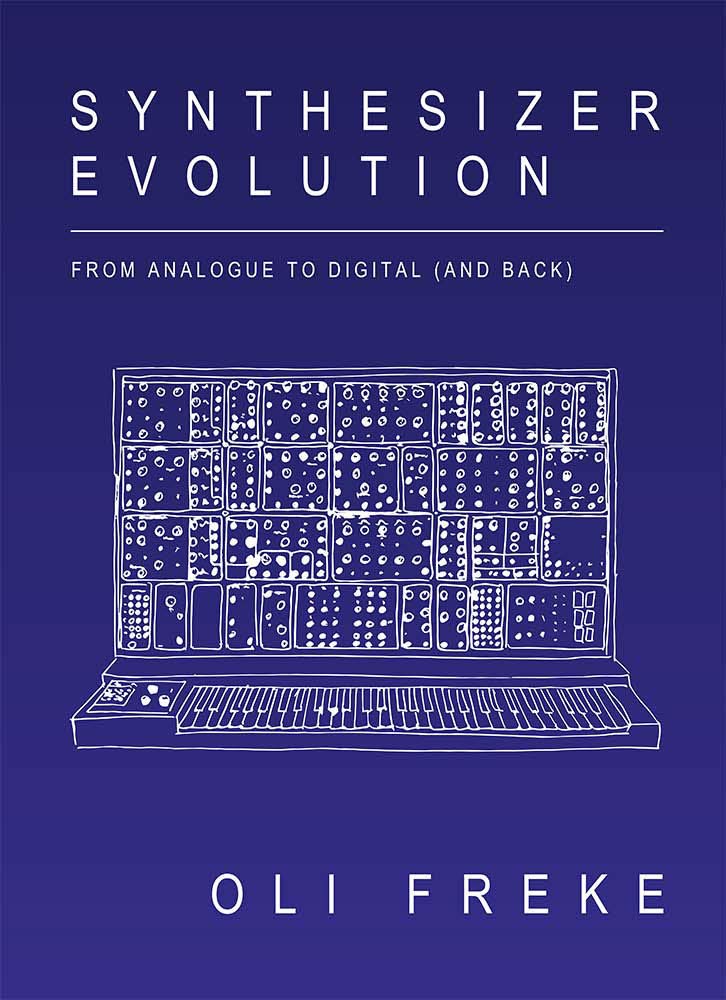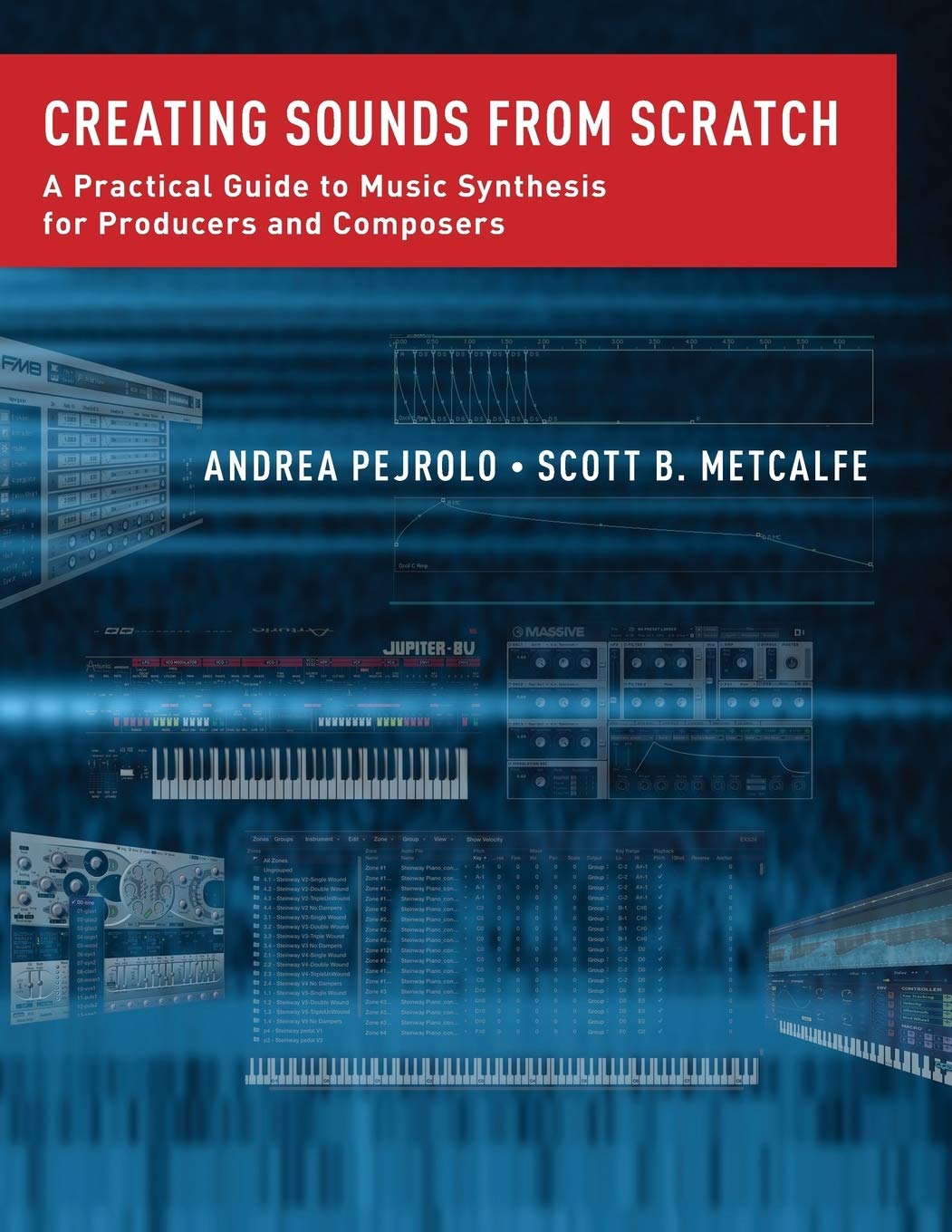
via Sentience Studio
"Say what you will but mastering the art of analog synthesis requires fluency with the sequencer, in particular, the Moog 960 sequential controller and related components (Roger Arrick and synthesizers.com make a spot-on replica). Part of the performance ethic of analog synthesis is to be able to execute operations in real time, so the sequencer is essential. I venture to say though that only a few synthesists can claim this expertise. The most important components associated with any sequencer are a tuner and a quantizer. Without these it is not possible to intonate the synthesizer properly so it plays with other instruments. I am amazed how many people try to run sequencers without them, surely with unsatisfactory results.
For reasons unknown quantizers are in short supply. Moon Modular makes an M565 quad quantizer. Bruce Duncan and Modcan make a 55B dual quantizer (which locks perfectly) and Doepfer makes an A-156 dual quantizer.
Tuning the synthesizer is a two-step process. First one must tune the oscillator to A=440. Then one must tune the sequencer so each step plays the desired note. I prefer a precision tuner such as the Peterson 490.
There are of course dozens of sequencers. The “first generation” ones (e.g. the Roland 104, the Sequential Circuits 800) are an assortment of knobs regulating control voltage. The “second generation” ones (e.g. the Roland CSQ-100, CSQ-600, MC-8) store notes in memory and in principle don't require tuning, although frequently they do. In such event only the oscillator needs to be tuned.
Recently I experimented with a new sequencer, the FutureRetro ORB. Once one masters the procedure for entering notes and looping patterns one can create a variety of interesting outcomes. Linking several together makes it possible to sequence harmonies. Although I am dubious about using MIDI in this configuration the Synapse router makes it possible to cycle through different filter combinations using predesignated addresses. The Peterson StroboStomp makes a good companion for tuning (although my advice is not to «stomp» on it). Here is a picture of how this concept was implemented using an intermediate-sized Blacet/Wiard system. To illustrate the basic signal path clearly not all modules are in use and some patch cords have been removed (e.g. CV processors and filters to mixer). Thanks to the manufacturers of this fine equipment for their creativity and ingenuity."
 flickr by Sir Moonblock
flickr by Sir Moonblock flickr by Sir Moonblock
flickr by Sir Moonblock Pictured:
Pictured:


 via Sentience Studio
via Sentience Studio